Once one of South America’s most dangerous neighbourhoods, Medellin’s Comuna 13 is testimony that even the most impoverished, crime-ridden, disenfranchised and alienated communities can make a positive turnaround.
Comuna 13’s evolution over the decades is fascinating and nothing short of miraculous.
Despite all odds, this neighbourhood on the outskirts of Medellin, Colombia, amongst hilly terrain crammed with ramshackle shelters has slowly morphed itself from a strictly ‘no-go zone’ to become one of the city’s tourist hotspots.
It defies imagination to think what Comuna 13 was like twenty or even fifteen years ago.
Historically the ‘barrio’ and its locals were caught in the cross fire of gang wars and guerrilla and paramilitary factions who fought over the local territory. Since the neighbourhood edges the major highway to the port, it was crucial ground, serving as the gateway to the region’s drug trafficking. As the various groups battled for control, local civilians were virtually held hostage in their own homes, often afraid to venture out. There were kidnappings and mass displacements. Life was far from easy.
Conditions started to change in the Comuna after October 2002, when the government intervened, sending military and police into the area to ‘remove’ as many of the waring entities as possible. Along with the change, came a huge loss of innocent lives and subsequent misery.
However, the resilient locals got on with things. Despite lives lost, at least now the streets were somewhat safer.
It wasn’t until 2012 when the government enlisted a German company to build an escalator system, that change became exponential in Comuna 13. For the first time, local people could now move more freely up and down the steep inclines of the valley, which made the transport of goods more viable. Also, importantly it made commuting into the centre of Medellin easier, meaning more people could source work in other areas of the city.
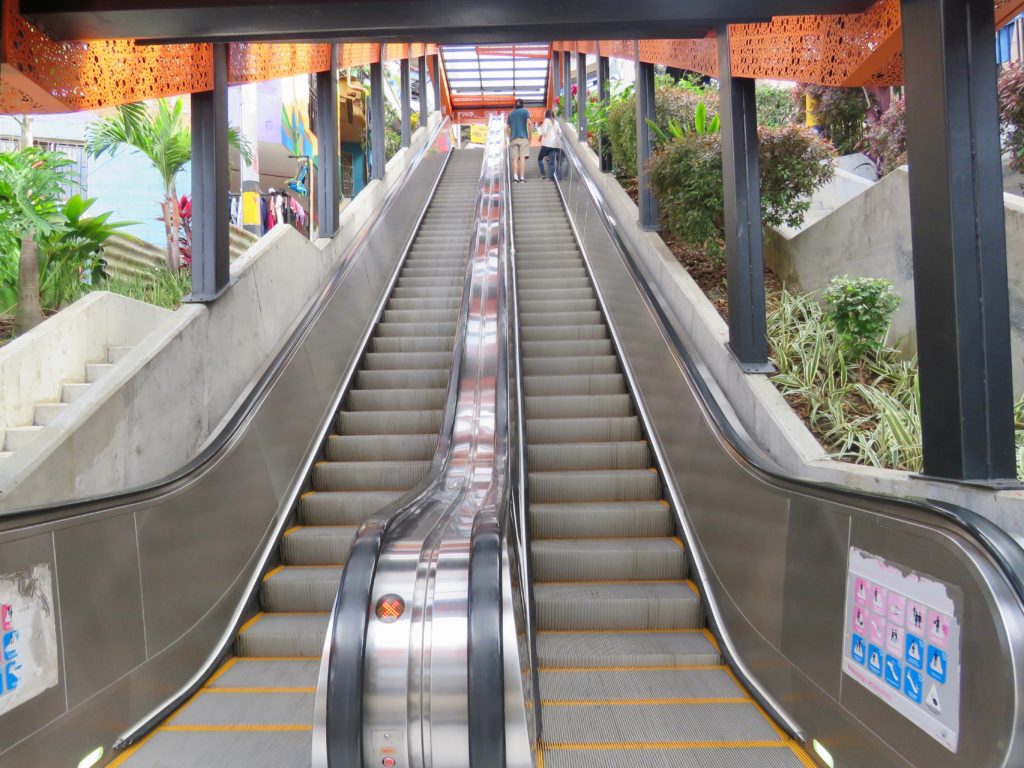
Other social projects were also implemented in the community, including the construction of a library, empowering locals to improve their education through free resources. People were now more inclined to work or study, rather than turn to crime.
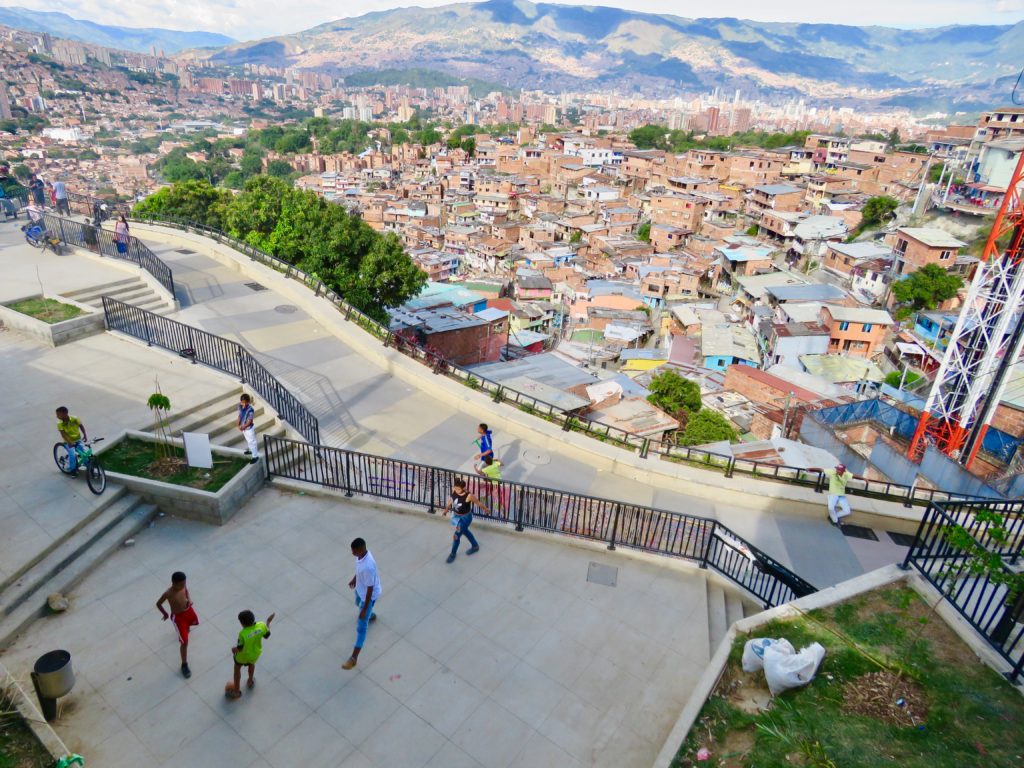
The street art in the area expanded, telling the stories of the past, with some local artists such as Chota 13 becoming well known around international circles, drawing other artists to the area, as well as tourists.
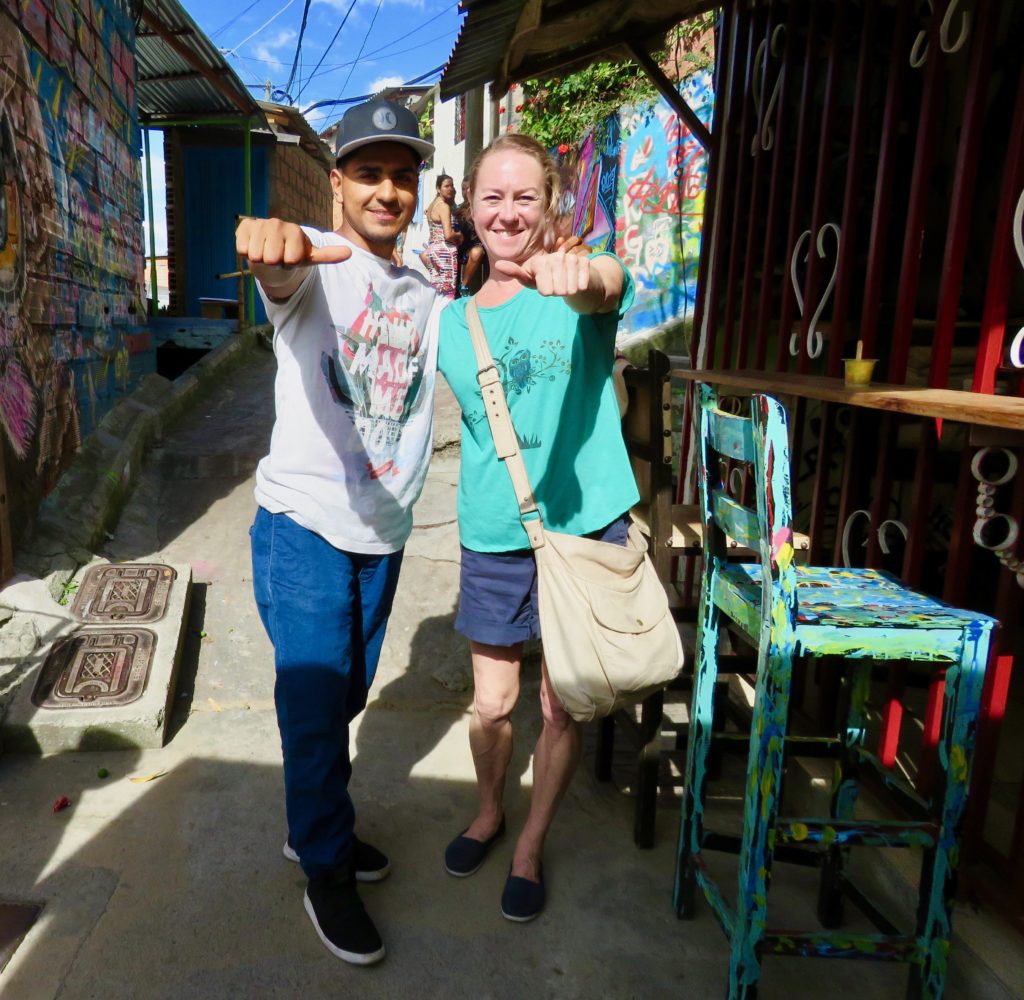
Prospects for Comuna 13 residents were looking brighter.
Then in 2015, free English language classes began, offered to anyone wanting to learn. These lessons have been fundamental in the subsequent phase of change in the community.
A group of foreigners and friends, Ed Broadbent from Australia, Casey Breeden from the UK and Andy Farquhar from Scotland, along with a local Colombian woman, Milena Palavilla, set up a voluntary English program, which has had some remarkable results.
- Ed Broadbent with students
- Andy Farquhar and Casey Breeden
Ed Broadbent, one of the founders and directors of Proyecto Prime explains, “One of our proudest moments was the training of our Comuna 13 students in the Stairway to English program to become Stairway Storytellers. Over three months with the supervision of volunteer teachers, students gathered information about the history of the area and also wrote up their own personal stories about Comuna 13. In the end, they created an impressive tour that not only talks about sites but also the experience of living in the area during its violent past. Our students have now become independent, self-employed tour guides that utilise English that they learned in our community classes.”
Over six months, I taught and assisted in English language training in Comuna 13 on a volunteer basis. During the span of half a year, I witnessed the rapid and ongoing change in the area, which seemed to intensify with every passing week – more and more tourists, new shops and the construction of another walkway to extend further into the community, including more street art.
During English classes and spending time in the Comuna with residents, I gained cultural insights and learnt in more detail about their tumultuous past.
It was hard to envision a place where kids had to hide in drains to dodge flying bullets, or contemplate that one of my student’s father was shot dead when she was a child. It all just seemed matter of fact, but so far from the reality of today. Comuna 13 is a vastly different place to what it was, unrecognisable from the blood bath of the past.
The Comuna I know is a colourful, vibrant, noisy, welcoming, safe place to visit, where hundreds of foreigners take tours daily, posting street art to their Instagram feeds.
- My regular stop before class
- My good friends at the ‘Coffee Shop’
New businesses are springing up, a ‘coffee shop’ has opened and mango ice-cream, T-shirts, artwork and post cards are sold. The youth sing and dance and come to free English lessons in the community centre.
Getting to know and helping my students, all of whom were committed and passionate learners and seeing their potential and eagerness to advance, turned out to be one of the most enriching experiences of my life, as was meeting other volunteers, some of whom have become lifelong friends.
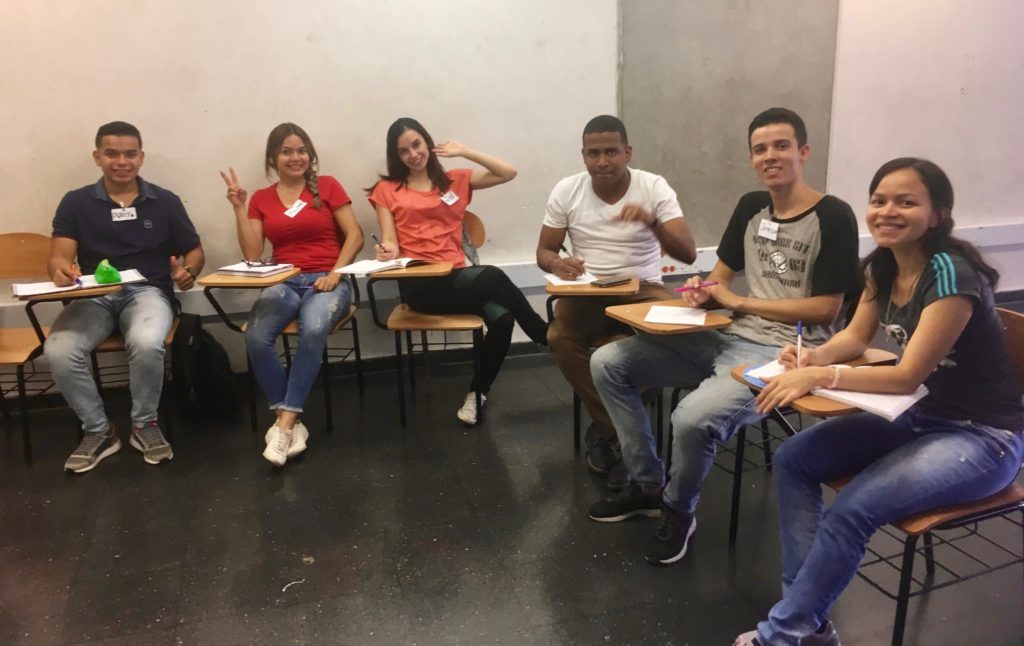
I got to know some of the tour guides at Stairway Storytellers, Sulay Pino and Stiven Marley, who take walking tours in Comuna 13 and were taught by Ed, Casey and Andy. Their achievements are inspiring, as is the work of the directors and volunteer teachers.
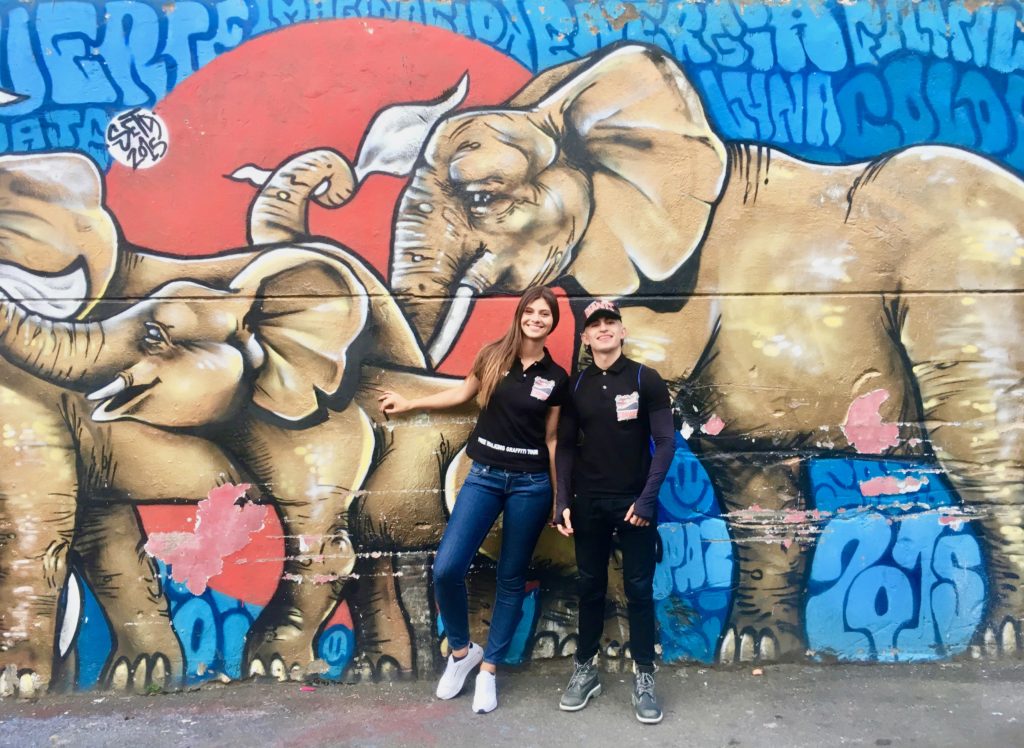
Students who had arrived into the classroom with little to no English, due to the free education, a year later were now able to communicate sufficiently to take tours, providing them with employment and income.
There are currently five Comuna 13 residents working as Stairway Storytellers and sharing their histories from a personal perspective. Other students have formed their own tour companies such as Zippy tours and Culture tour Comuna 13.
Ed explains some of the other success stories, “One of our students is now training to be a sign language instructor, others have created a tour of Santo Domingo that incorporates their own skill sets and another student has now earned the privilege to travel to the USA for an interview about their education.”
Over the last few years, over two hundred people have learnt English at this centre and student numbers are steadily growing. There is a core of around forty regular students but on some Sundays there can be around seventy people, ranging in ages, levels and abilities, with students usually broken into groups for children, beginners and more advanced.
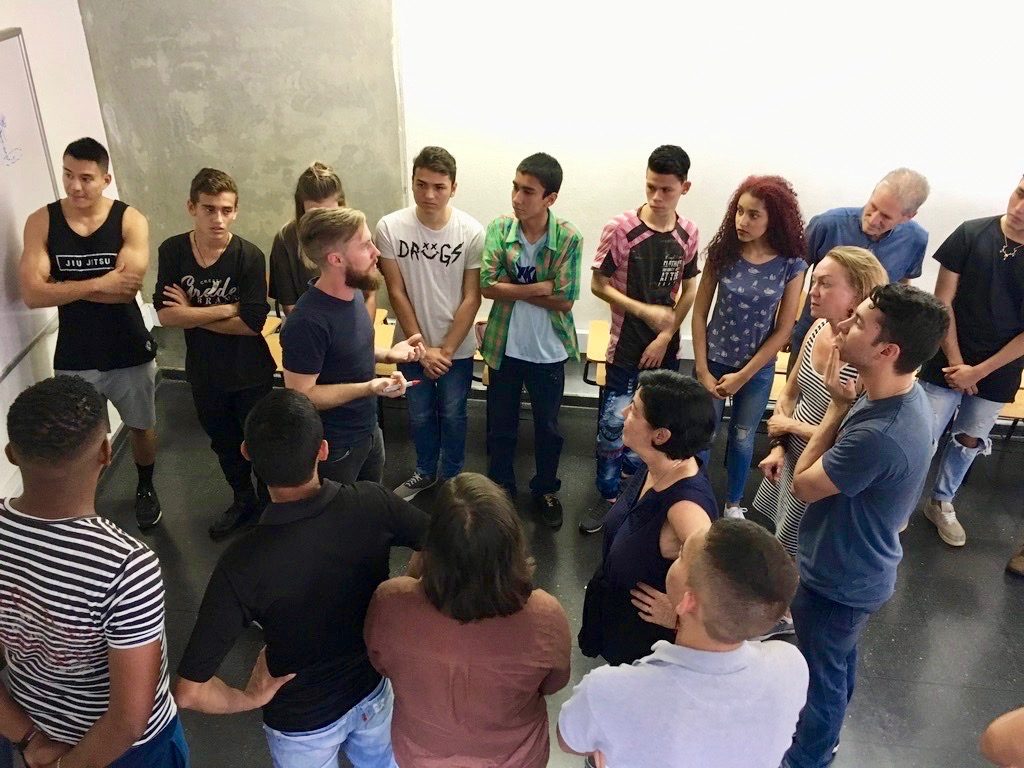
“Confidence, self-belief and pursuit of goals” are some of the benefits that Ed has witnessed in his students as a result of English improvement.
“I think the most gratifying experience for most of us is watching the process of personal growth in our students. When you believe in someone, support their aspirations and try to guide them with the knowledge you have available it creates an inspirational environment where everyone is encouraged by each other’s success. Volunteers want to share more and more and students feel more capable of achieving their goals – everyone gets to pursue what motivates them.”
- Kids learning Yoga
- Community garden
Proyecto Prime also runs cultural events in the Comuna such as free yoga classes and participation in the community garden projects, which is making the neighbourhood greener and more environmentally conscious. This involved students, in consultation with locals, planning locations and the types of construction, how to use recyclables and which plants to use that suited the environment.
With infrastructure developments, English teaching and an expansion in street art and tourism, Comuna 13 is proof that an alienated and disadvantaged community can be reinvigorated and rise from the brink of disaster to be a pinnacle of hope. With social support and improved transport, coupled with the tenacity, determination, pride and creativity of local and foreign people alike, there is now a greater sense of optimism for the future.
Ed summarised nicely. “Everyone can benefit from caring attention, education and community. When you feel like you are important, someone cares about your success and you feel like you’re a part of something bigger it creates a different mentality to what tends to be an individualistic norm. Honestly, any positive change, no matter how small, is motivation to continue.”
If this previous ghetto can transform adversity into opportunity, then there is hope for us all. It inspires the notion that if the less fortunate are not left behind, then they have every chance to thrive.
Comuna 13 has a very special place in my heart, as it is a living, breathing example that circumstances in the world can in fact, sometimes, change for the better.
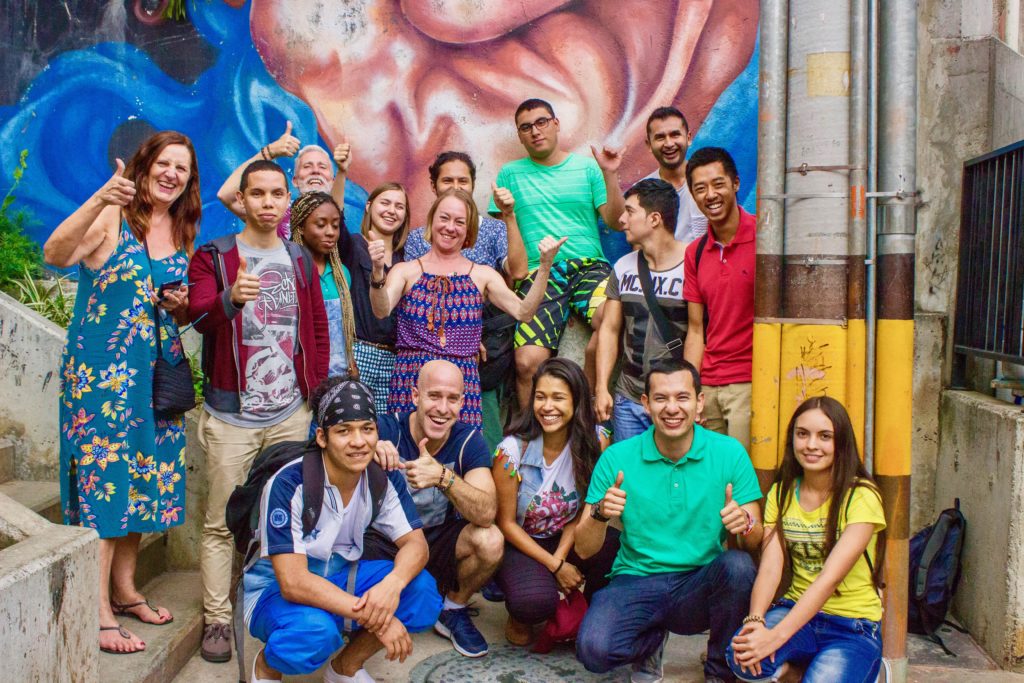
- Free English classes are held at both Comuna 13 and Santa Domingo in Medellin. For class schedules and to learn how you can get involved as a volunteer please visit: Proyecto Prime.
- A range of tour operators work in Comuna 13. To take a tour with Stairway Storytellers, please visit their Facebook page for contact details: Stairway Storytellers.
- Getting to Comuna 13 independently: From San Antonio station in Medellin take the metro to San Javier, the closest station to Comuna 13. From here, take the 225i bus (1100 pesos/AUD$0.50) to the base of the community or take a taxi (5000 pesos/AUD$2.40) to the base of the escalators or Escaleras Electricas as the Comuna is now renowned for.
- For information about studying abroad and safety living in Medellin see: Is Medellin Safe Enough to Live Abroad?
Here is a short video about Proyecto Prime and the volunteer English program:
Stairway Sessions and Prime explained by Medellin en Serie
Medellín en Serie shares a little about prime and our project Juan Manuel Ariza Corrales Stairway Sessions Stairway Storytellers
Posted by Proyecto Prime, Medellín on Wednesday, 13 June 2018
SUBNOTE:
In late April/early May 2018 there was a short resurgence of violence in Comuna 13, followed by a police and paramilitary presence to ensure order and enforce curfews. As far as I understand the situation is currently stable and safe, as I have always experienced it. As I had already finished this article when this violence arose, I have decided to keep the story as it is – as despite any setbacks Comuna 13 has recently encountered, I believe hopefully that this community will continue to go from strength to strength, leave the past in the past and move forward with peace and prosperity.

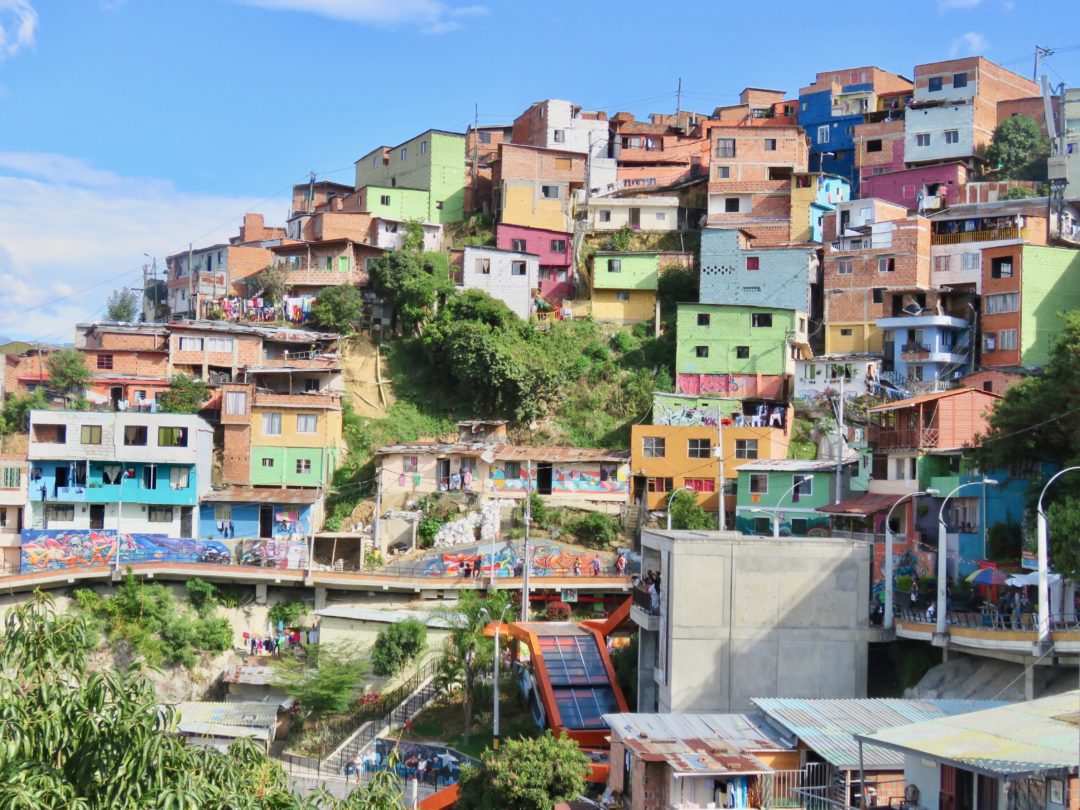
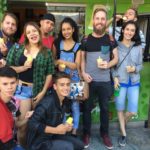
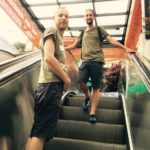
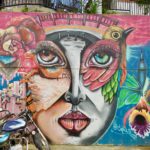
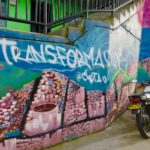
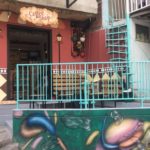
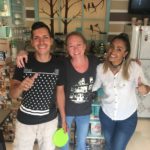
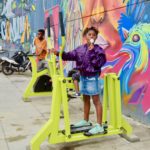
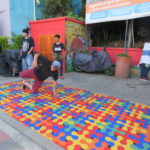

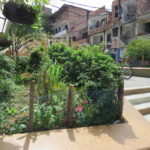

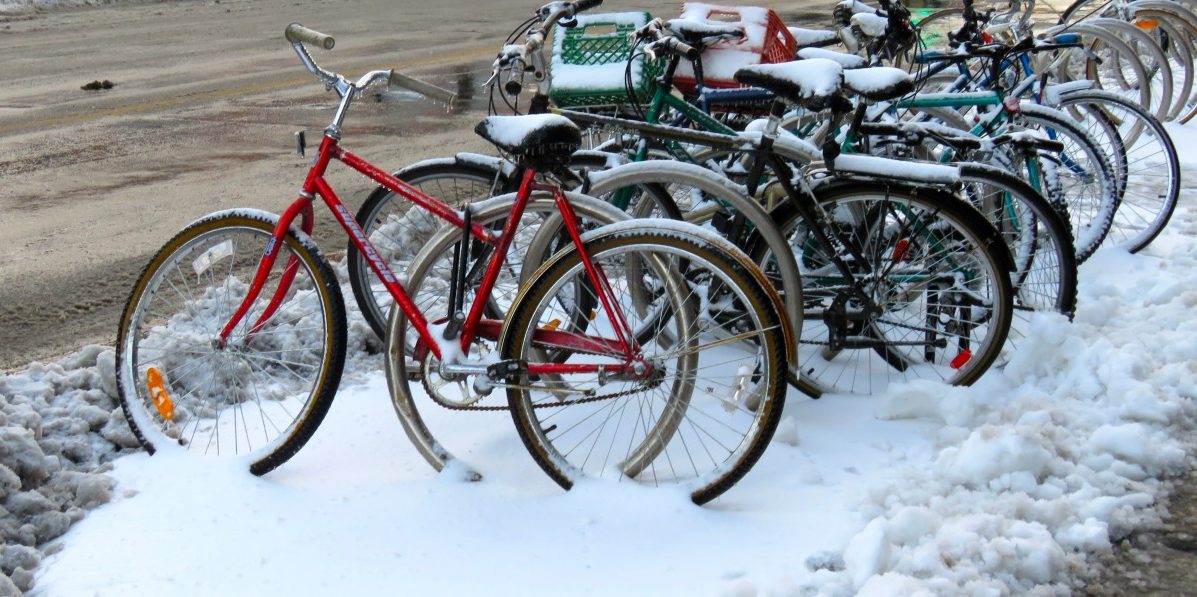
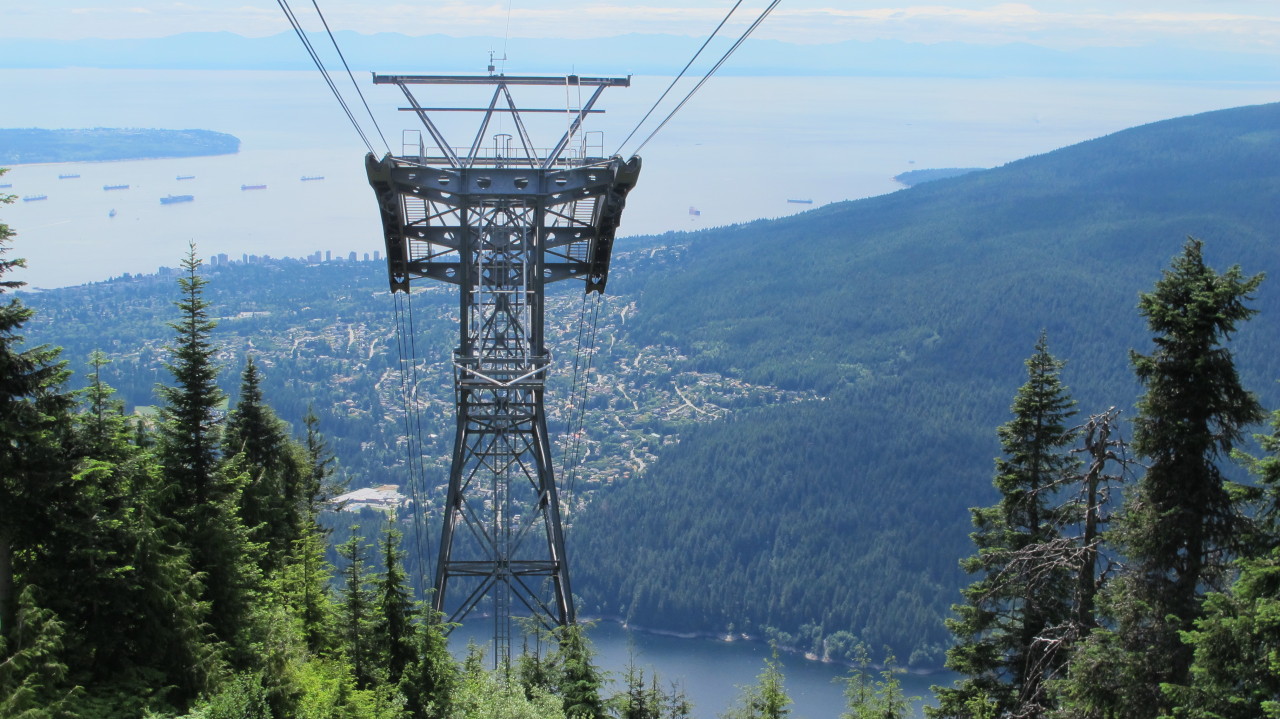



No Comments